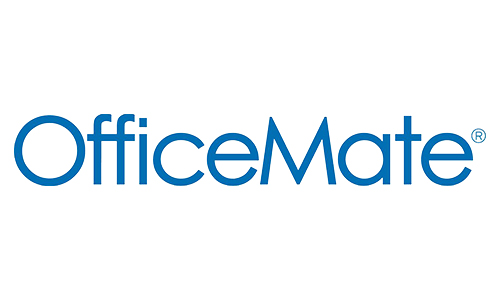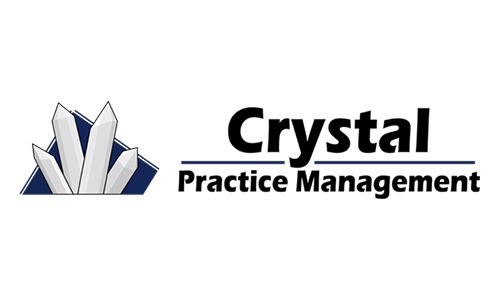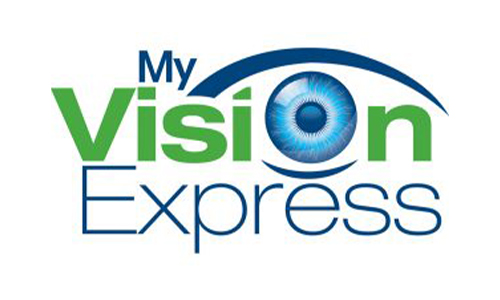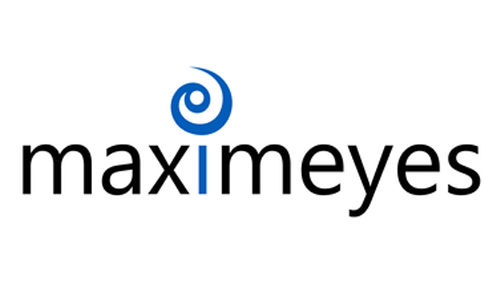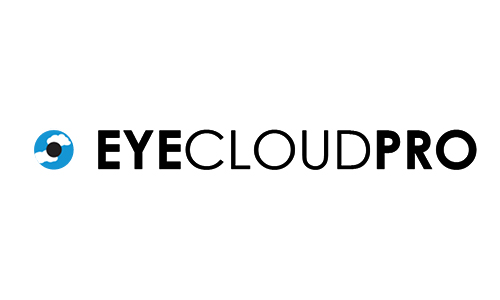A START-TO-FINISH PROCESS.
By Christine Schneider, VP of RevCycle Partners
Billing Medicare and Medicaid can be a messy process. If not handled correctly, it can affect payment and even patients—who might be billed more than expected. There are multiple pain points that begin the moment the appointment is made and end with payment collection.
Here are 7 Tips to simplify billing Medicare and Medicaid from start to finish:
Stay on Top of Your Credentialing.
You might be sick of hearing it, but don’t kick credentialing down the road.
The first step to simplifying billing Medicare and Medicaid is to make sure you are credentialed and enrolled for both—and ALL the programs under each. Medicare is always the best place to start with your credentialing process for any payer. Several medical plans, including Medicaid in some states, will not credential you unless you are approved, or at least in processing, with Medicare.
Don’t let your CAQH lapse, because almost all insurances rely on that database to confirm your status. If you’re not credentialed, you either won’t get paid or your claims will be processed out of network, which means a higher out-of-pocket expense for your patient and lost time in reapplying and increased waiting during the approval process.
Understand the Plan.
Patients rely on you to understand their plan, even though it’s their insurance plan.
Details of the plan change from year to year, and even month to month. What was covered at the last visit might not be covered at the current visit. If you think of an umbrella, Medicaid sits at the very tippy top with spines that go down. These spines are the numerous different plans. There are HMO plans, Badger care, plans for just women dealing with pregnancy and family planning, QMB plans, and the list goes on.
Depending on a patient’s work status, income, and reason for medical care, a patient’s eligibility can change month by month. The patient’s ID might not change, but the coverage often can.
With each plan, different services are covered. If you don’t know what’s covered, you won’t have a clean billing process from start to finish. The insurance will deny your claim, and the denial will say that they have a different coverage by another payer. When this happens, ask a series of questions:
- Did the office get copies of insurance cards at the time of visit?
- Were all of the insurance details updated in the patient chart?
- Can the biller see what plan they actually have?
If you don’t collect this important data on the front end, then you’ll have to call the patient on the backend. Be sure to pay attention to timely filing rules. Traditional Medicare allows for one year, but an Advantage Plan may only have 90 days.
Time can be ticking away as you file correct information.
Dig into Eligibility and Benefits.
Before the appointment, ask these critical questions:
- Is this traditional Medicaid or a Medicaid Managed Care Plan?
- Is this Medicare or Medicare Advantage?
Even if the patients say, “I have Medicaid” or “I have Medicare,” Medicaid and Medicaid Managed Care and Medicare and Medicare Advantage are completely separate insurances. Patients don’t always know which plan they are enrolled in. And often, the plan’s eligibility is based on criteria like income, work status, life event—which can change month to month for some.
There’s also a misconception that with Medicaid and Medicare automatically there is no patient out-of-pocket payment. But some Medicaid Managed Care and Medicare Advantage members can have copays/coinsurance/deductibles. Also, be aware that each state is different with their plan’s offerings.
Ask Detailed Questions.
As already mentioned, your office may not be in network with a Managed Care Plan or Advantage Plan. Take the necessary next steps to verify your credentialing status and what benefits are available based on that. Most of the time, you can find the most relevant information on the Medicare and Medicaid Portals—but often offices lose access to the Portals due to their strict security policies regarding access and password changes.
Finally, when you identify a patient’s medical policy, ask these critical questions:
- Is the policy HMO or PPO? MCO or Advantage?
- Is an authorization or referral needed?
- Are ancillary services covered?
- Are there visit limitations for certain conditions like glaucoma or diabetes?
- If the medical policy has vision coverage, are there any exclusions to that?
- Can an optometrist bill the services (there are plans that only accept OMD claims,) and do the copays fall as medical or specialist?
Make Sure ALL Patient Details Are Correct.
To make things really smooth, gather all demographic details and insurance explanation days before the appointment. That’s the gold standard. Don’t wait the day of the appointment. That’s when you should re-verify everything and scan in every card—even cards you may think are unnecessary. You must make sure your patient’s legal name is correct. Your patient may go by Cheyenne, but legally her name is Mary, and Cheyenne happens to be their middle name.
Medicare and Medicaid will reject claims in which the name is not accurately documented.
Be Your Doc’s Advisor.
Successful billing of Medicare and Medicaid is also reliant on inputting the correct coding. Partner with your doc to make sure they get all the coding right. If you see errors—or potential for errors—point it out. If you have a good service and you have a good delivery of service, that biller should be educating you on payer rules and requirements as they’re coming across things. This ensures the billing goes out correctly every time. It normally falls to the biller to protect their doctors and ultimately the patient.
For Medicare and Medicaid pay close attention to medically necessary diagnosis for certain medical tests, visit limitations for ancillary testing like 92133/92134 (1-2 visits per year depending on stage of glaucoma for 92133 – more may be allowed for 92134 for some retinal diseases).
Some Medicaid plans require S codes for billing, and some have different billing requirements for minors vs. adults.
The Follow-Up Is Important Too.
You can only do so much in the upfront stage of billing.
There will be follow-up on the back end as well. Take those denials and understand what the denial code is telling you, what adjustment is being applied, and ask what the patient is really responsible for. Ask, “Is it really denied? Is it a write-off?” or “Is it an error that can be corrected and re-filed?”
Do your due diligence before giving up. Document the process. Make that claim tell a story. Because there’s a story behind every patient visit.



